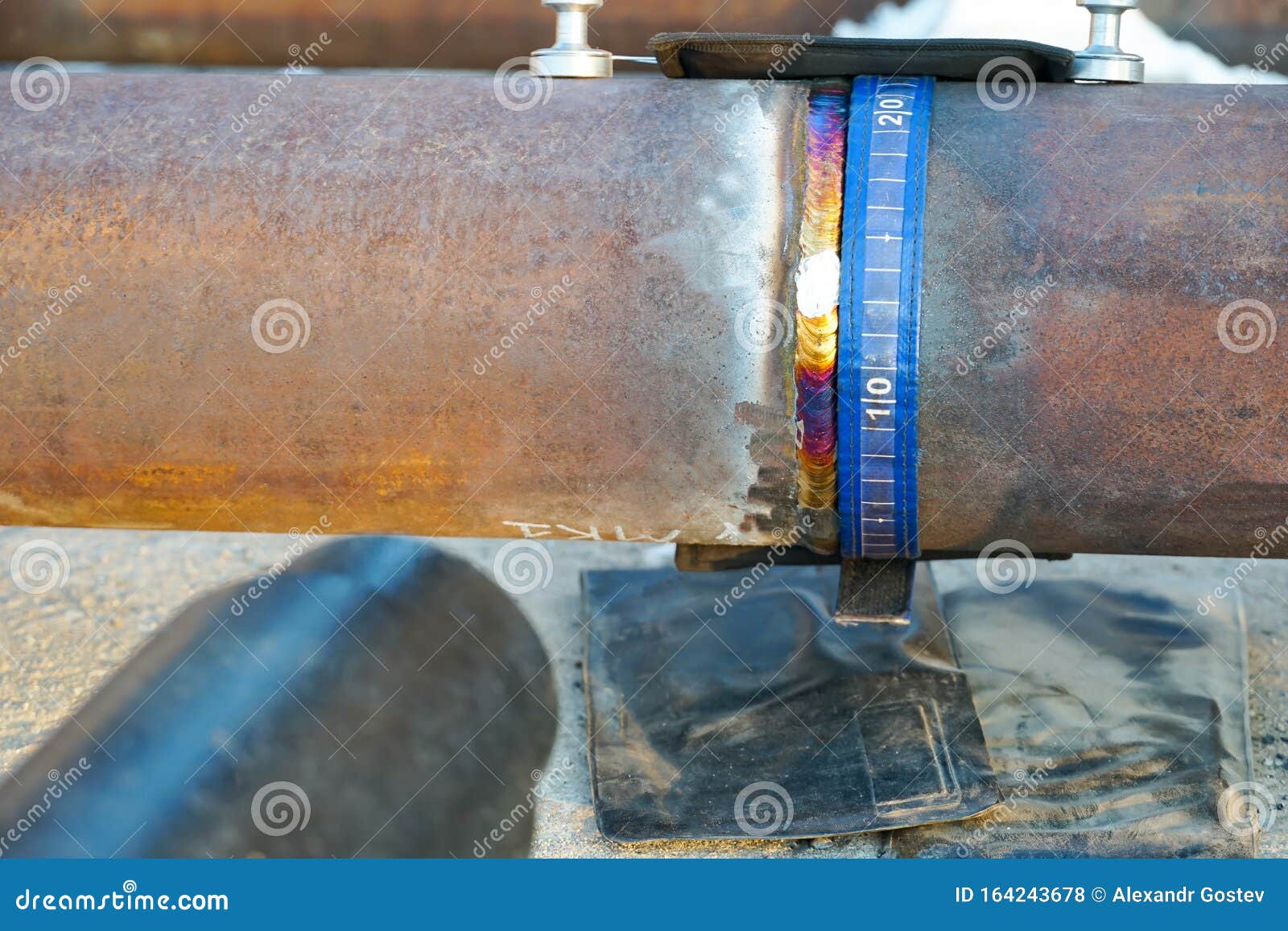Safety First: Comprehensive Pipeline Welding Inspection for Every Project Phase
Safety First: Comprehensive Pipeline Welding Inspection for Every Project Phase
Blog Article
Comprehensive Summary of Pipe Welding Evaluation Procedures
Pipeline welding inspection treatments play an important role in assuring that welded connections fulfill strict industry criteria and specs. From meticulous pre-welding examinations to extensive post-weld assessments, a distinct evaluation procedure is vital for maintaining the architectural soundness of pipelines.
Pre-welding Inspection Preparations
Prior to commencing the welding process, detailed pre-welding assessment preparations are important to ensure the honesty and high quality of the weld joint. These preparations entail a careful evaluation of the products to be bonded, the welding equipment, and the job setting. By performing extensive pre-welding inspection preparations, possible problems can be identified and resolved early on, leading to reputable and high-quality weld joints.
Welding Treatment Qualification
Detailed pre-welding assessment prep work lay the foundation for the critical process of Welding Treatment Certification, making certain the stability and top quality of the weld joint. Welding Procedure Credentials (WPQ) is a vital action in the welding procedure that includes screening and certifying welding procedures to assure they meet certain standards and demands. The WPQ procedure typically includes welding treatment specification advancement, welding treatment credentials testing, and paperwork of the outcomes.
Throughout welding procedure spec advancement, crucial details such as the welding process, welding products, joint layout, and welding parameters are defined to produce a detailed treatment. Subsequently, welding procedure certification screening is conducted to validate the suggested treatment's stability. This testing often involves welding test vouchers that go through various mechanical and non-destructive examinations to assess the weld's quality and adherence to the specified criteria.
In-process Weld Evaluation
Throughout the welding procedure, in-process weld assessment plays a critical duty in ensuring the quality and integrity of the weld joint - Pipeline Welding Inspection. This type of inspection involves monitoring the welding parameters, assessing the weld grain development, and discovering any type of possible problems or gaps as they occur. By performing in-process weld examinations, welding drivers can immediately attend to any type of problems that may arise, therefore guaranteeing and avoiding further issues that the last weld meets the required requirements
Typical methods made use of for in-process weld inspection include aesthetic evaluation, liquid penetrant screening, magnetic bit screening, ultrasonic screening, and radiographic testing. Aesthetic evaluation is frequently the first action while doing so, permitting examiners to visually examine the weld for surface abnormalities such as cracks, porosity, or insufficient combination. Advanced methods like ultrasonic screening and radiographic testing supply detailed understandings into the interior structure of the weld, making sure that there are no hidden flaws that could endanger the weld joint's strength and stability. Overall, in-process weld assessment is essential for preserving the top quality and reliability of bonded pipes.
Non-destructive Testing (NDT)
Non-destructive Screening (NDT) is a critical method utilized in pipe welding evaluation to examine the stability of weld joints without triggering damages go to the bonded framework. By making use of various NDT techniques, inspectors can review the quality of welds and determine any type of flaws or discontinuities that may compromise the structural stability of the pipeline. Typical NDT techniques utilized in pipe welding assessment consist of Radiographic Screening (RT), Ultrasonic Screening (UT), Magnetic Bit Checking (MPT), Fluid Penetrant Screening (LPT), and Visual Screening (VT)
RT includes the usage of X-rays or gamma rays to create pictures of the interior structure of the weld, enabling inspectors to spot problems such as porosity, cracks, or incomplete fusion. UT makes use of high-frequency acoustic waves to identify imperfections under the surface area of the weld, offering detailed information concerning the dimension and place of problems. MPT and LPT are used to identify surface-breaking issues by using magnetic bits or penetrant liquids to the weld location. Furthermore, VT involves aesthetic assessment of welds to determine any kind of visible imperfections.
Post-weld Evaluation and Paperwork

Paperwork of post-weld evaluation searchings for is vital for maintaining quality assurance documents and guaranteeing conformity with industry criteria and policies. Thorough reports must include info concerning the inspection techniques utilized, the location and nature of any type of defects located, and any rehabilitative actions taken - Pipeline Welding Inspection. Appropriate documents not only works as a document of the weld's quality however additionally aids in future maintenance and examination processes
Final Thought
In conclusion, pipeline welding evaluation procedures play a vital duty in ensuring the quality and integrity of welds. Overall, adherence to proper evaluation procedures is essential to the success of pipeline welding projects.
From precise pre-welding evaluations to extensive post-weld evaluations, a well-defined evaluation process is important for maintaining the structural soundness of pipes. By performing in-process weld examinations, welding drivers can immediately deal with any issues that might emerge, consequently stopping additional issues and ensuring that the final weld fulfills the needed specifications.
Common approaches utilized for in-process weld inspection consist of visual examination, liquid penetrant screening, magnetic particle testing, ultrasonic testing, and radiographic screening.Non-destructive Testing (NDT) is a crucial method utilized in pipeline welding inspection to analyze the integrity of weld joints without triggering damage to the bonded framework. Post-weld assessment includes numerous approaches to examine the welds for defects, including visual evaluation, dye penetrant testing, magnetic particle screening, ultrasonic testing, see this site and radiographic screening.
Report this page